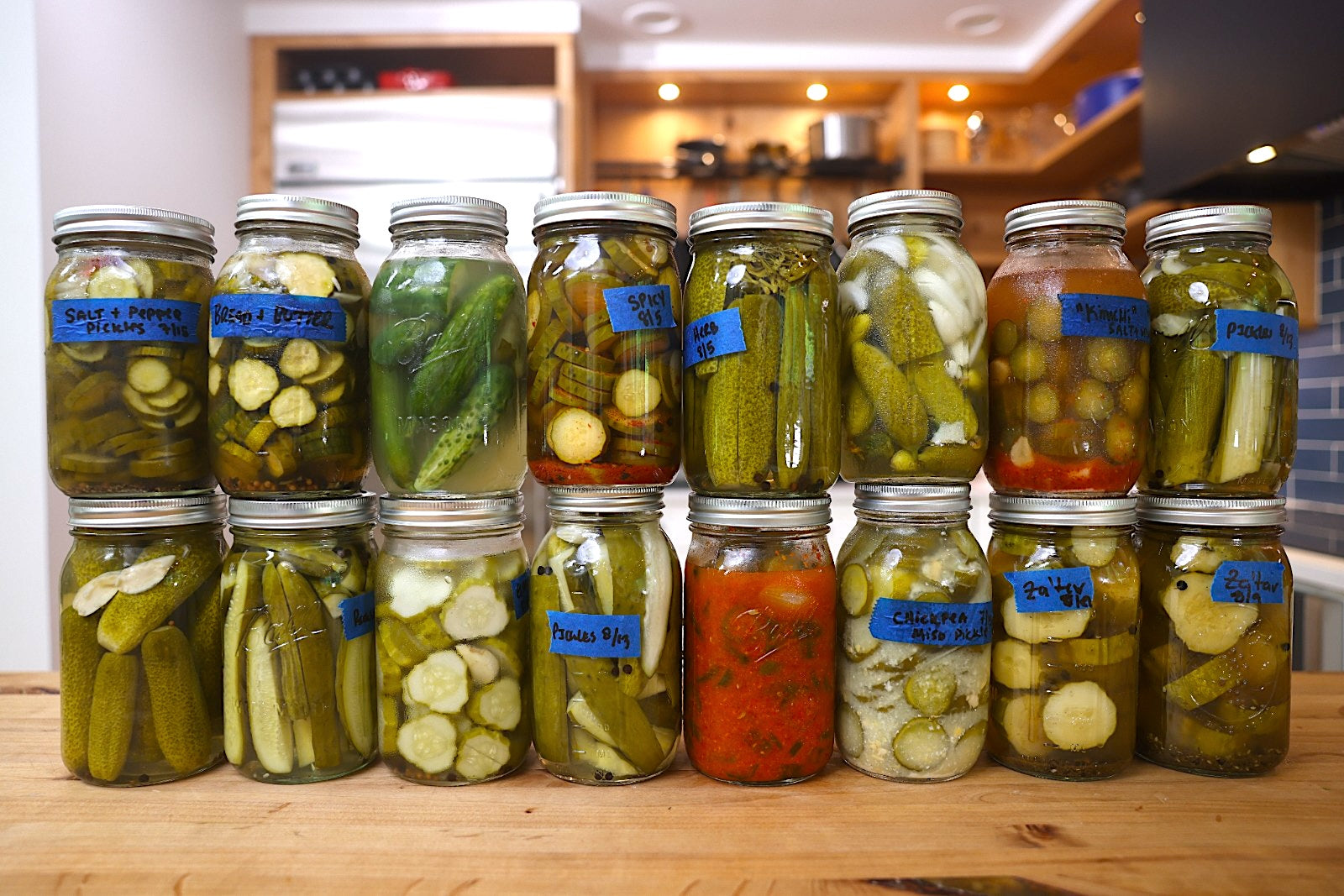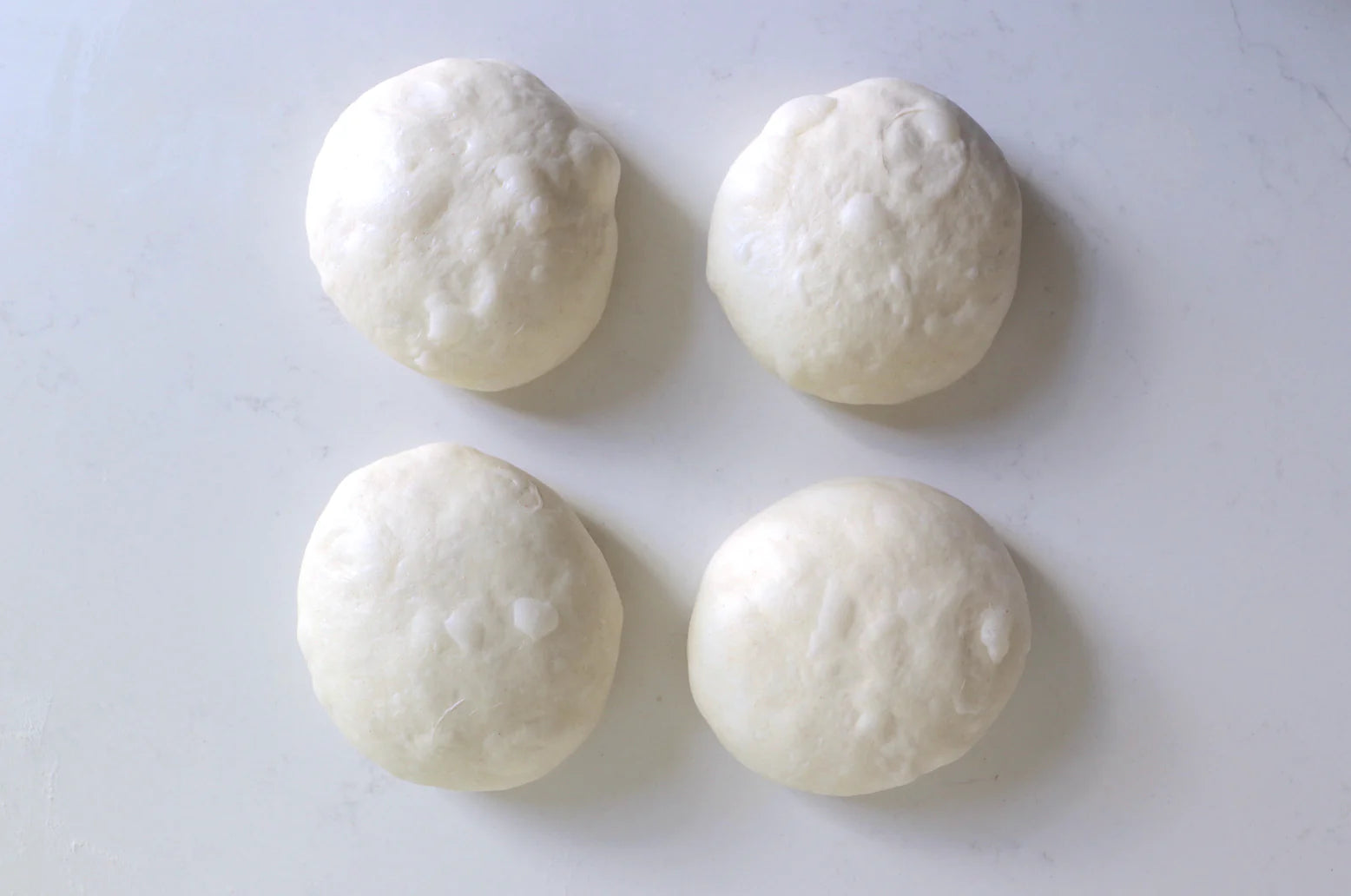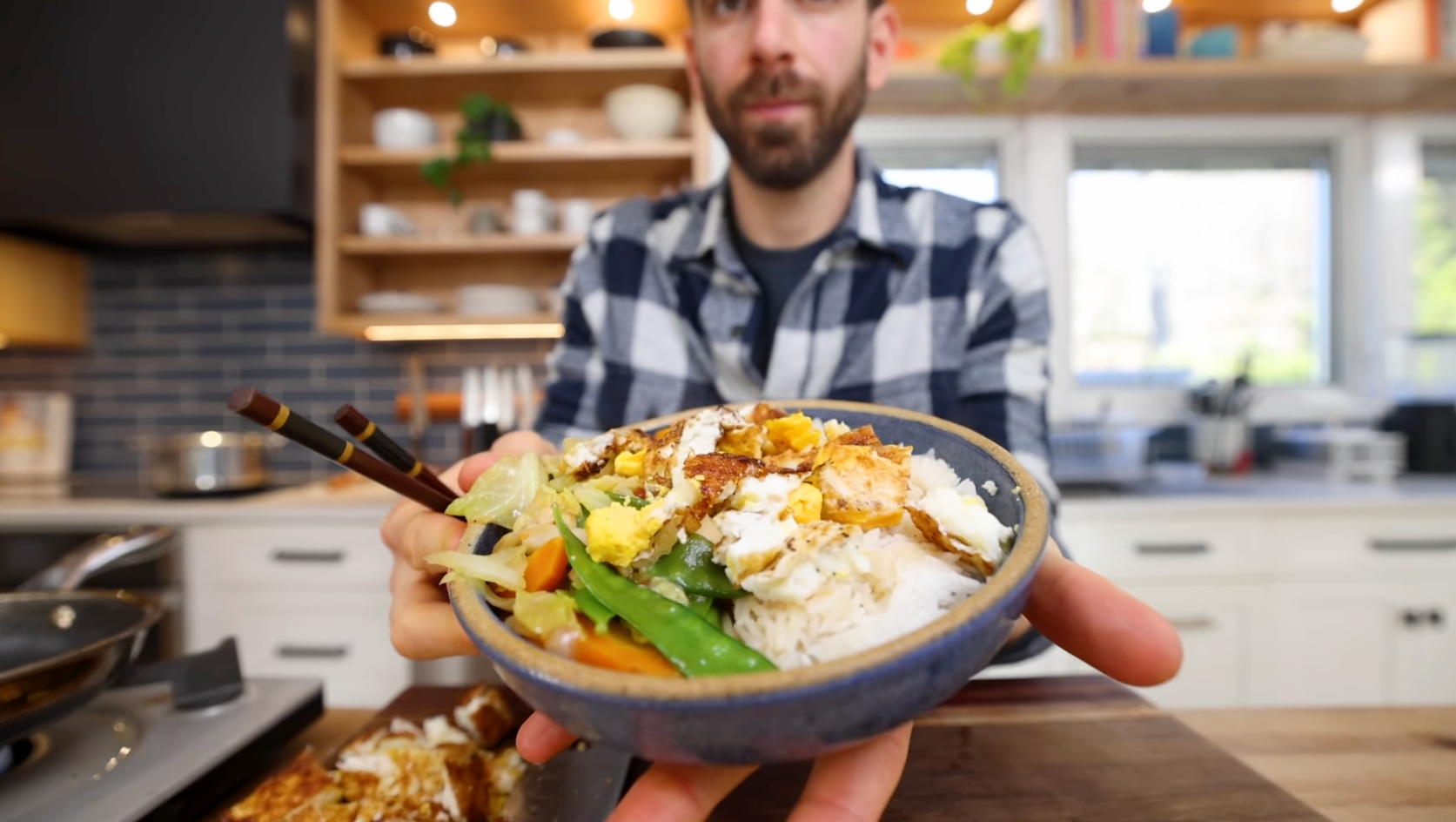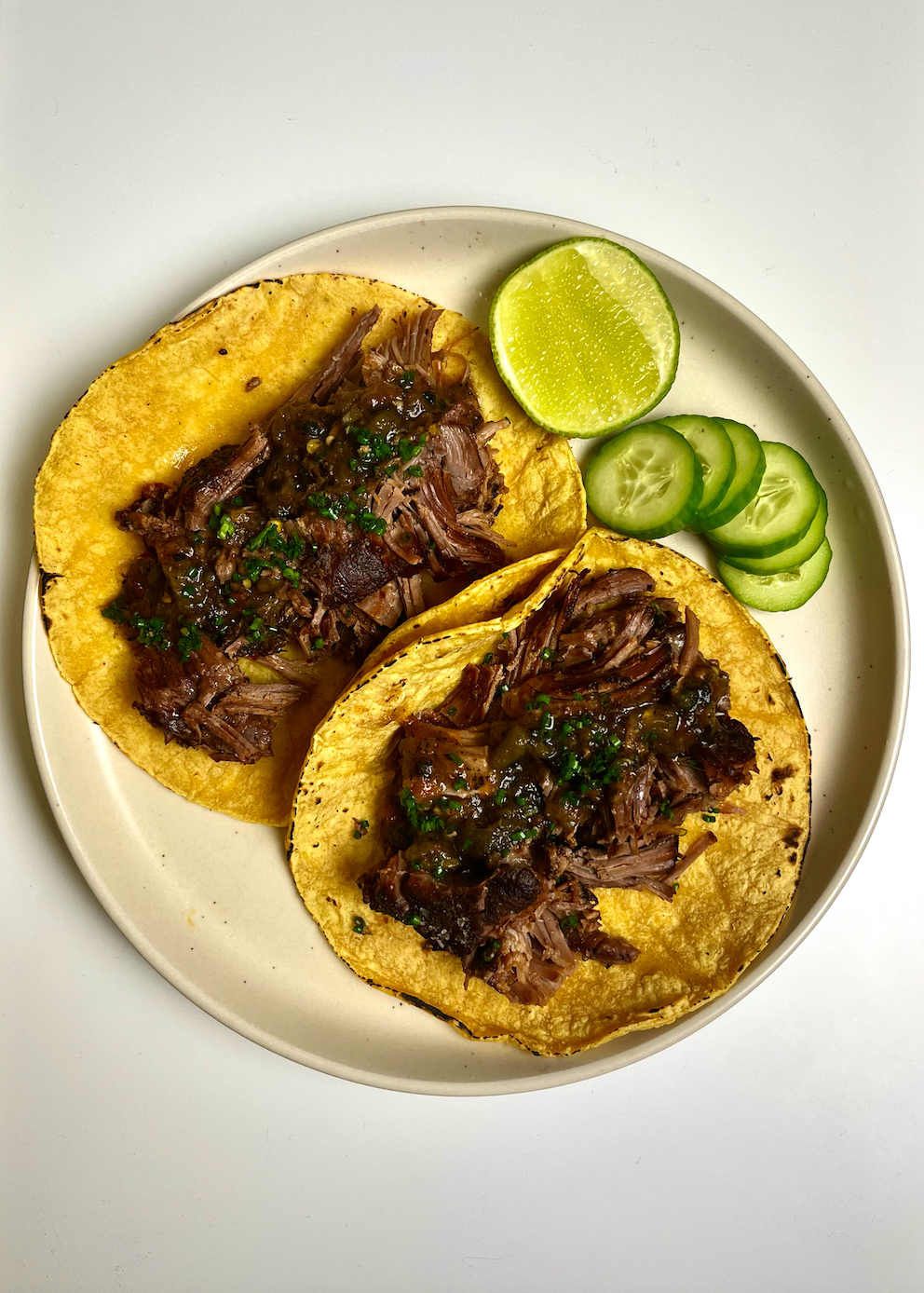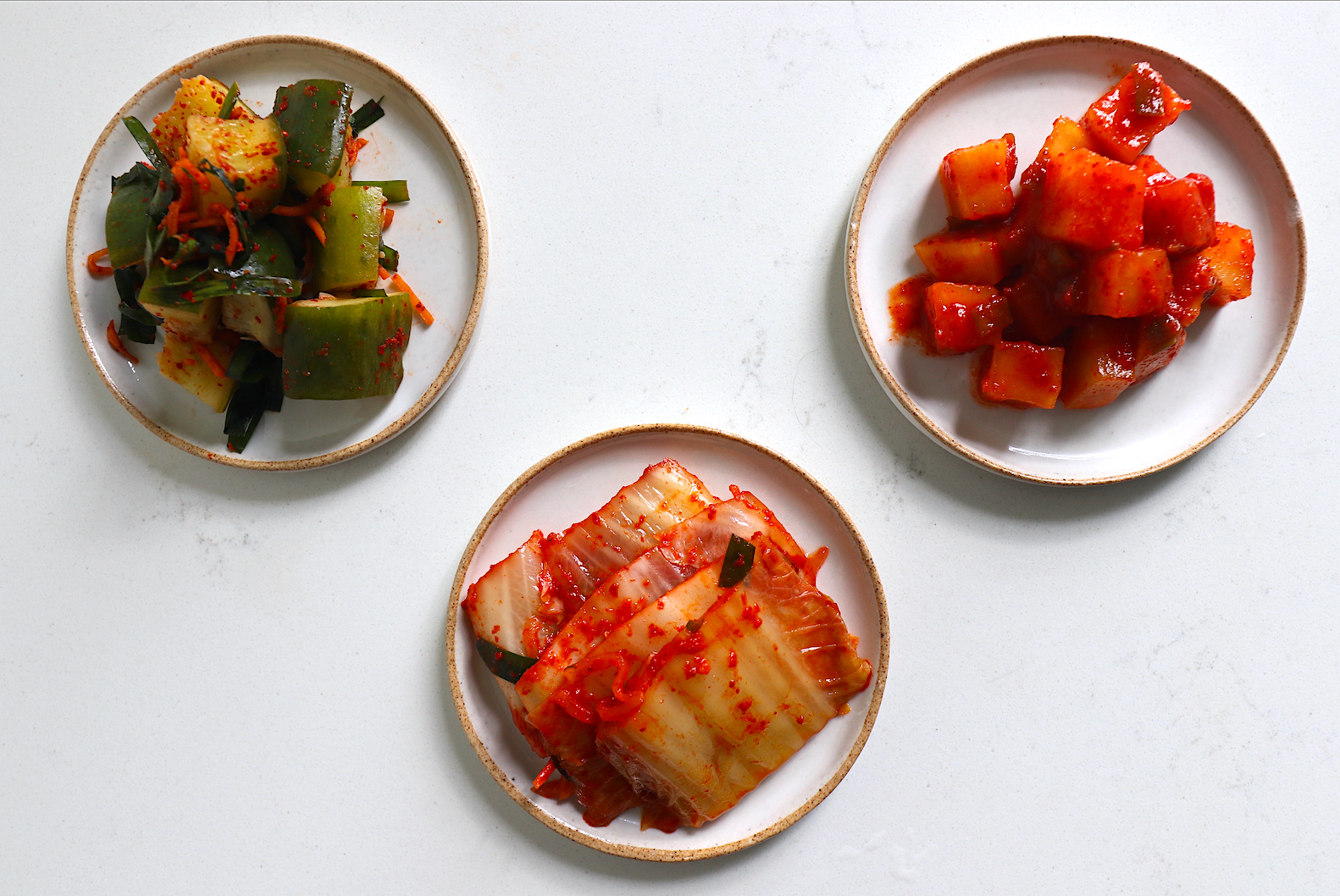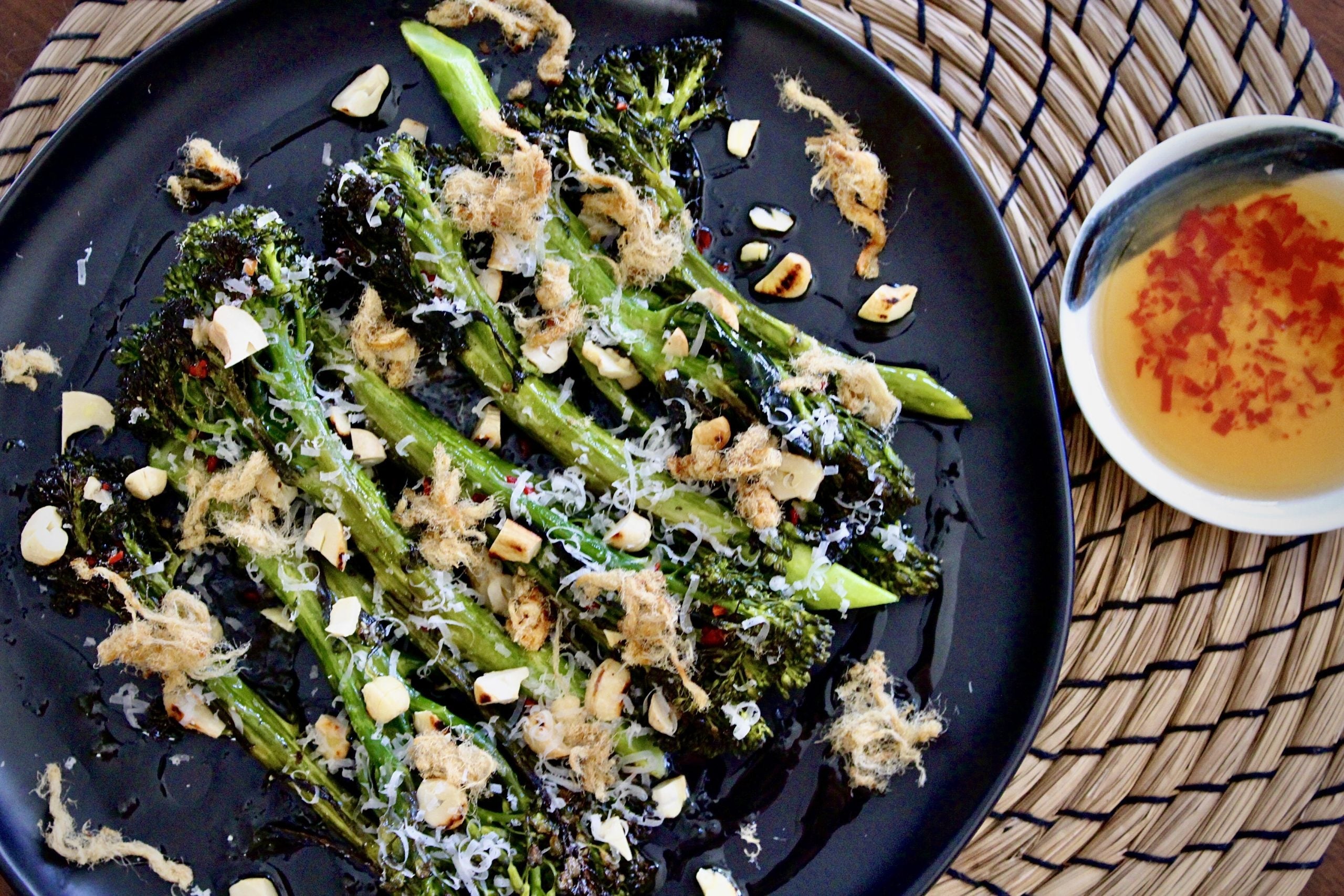
Sweet, Sour, Salty, and Umami – Nuoc Cham Broccolini
By Brandon Muhawi
Senior Food Writer at Pro Home Cooks
If there’s a bottle of fish sauce in your pantry, a jar of nuoc cham (nước chấm) should always be in your fridge one of the most common uses for fish sauce, nuoc cham is a Vietnamese condiment that is almost ubiquitous throughout the cuisine. Vinaigrette, dipping sauce, call it what you want. Labels only limit this delicious concoction, because it’s great on everything.
The translation for nuoc cham is roughly along the lines of “table sauce”, and for a good reason. Most Vietnamese restaurants will have a jar of this sitting on the table or serve it in a bowl alongside most dishes. It’s a condiment for spring rolls, egg rolls, bún (Vietnamese vermicelli noodles), or cơm tấm (a Vietnamese broken rice dish). We practically drink the stuff. However, there’s no reason for the fun to stop there. The sauce is everything you could ever want – sweet, sour, salty, spicy, and full of funky-fermented umami.
In many ways, nuoc cham parallels the American “table sauce” – ketchup. Ketchup is sweet, tangy, salty, and jam-packed with umami. Ketchup is commonly used to brighten up fatty, meaty foods like burgers and hot dogs or bland foods like potatoes. Nuoc cham functions very similarly to ketchup but is more neutral in flavor compared to ketchup’s recognizably bold tomato profile. The Vietnamese “table sauce” is much more versatile, complementing existing flavors rather than smothering them in the way that ketchup tends to do. Nuoc cham is great for dressing salads, a quick coleslaw, marinating meat, or simply atop some fried eggs.

In this recipe, I try to showcase the versatility of the condiment. Sweet, tangy, and savory are not flavors exclusive to Southeast Asian cuisine. I pair nuoc cham with some roasted broccolini, topped with toasted cashews, parmigiano, pork floss, and a drizzle of olive oil. The flavors in this dish without the nuoc mam are incredibly nutty and rich. The deeply brown and roasty broccolini and cashews are begging for anything to balance out the luxurious glug of olive oil drizzled over top and nuoc cham does the job beautifully. Not only does it bring some much-needed acidity to the dish, but it’s slightly sweet, garlicky, a little spicy, and oh-so savory. I’m always looking to add umami bombs to any dish, and the parmigiano and pork floss are just perfect. They accompany the existing flavors and complement them seamlessly, quite literally a sprinkle on top that adds some complexity and interest to the roasted vegetables. When you bite into that crispy floret saturated with rich olive oil and bright nuoc cham, I promise you’ll be hooked.
Whether you literally keep this sauce on your table or keep it as a refrigerator staple, the versatility of nuoc cham is undeniable. Universal condiments like this are so much fun to play with in the kitchen and provide a plethora of opportunities to be creative. Don’t stop at Southeast Asian dishes. Don’t stop at salads. Don’t stop at roasted veggies. Use it as the basis for some quick pickles, or even reduce it down and use it to glaze some ribs.
The possibilities are endless, and once it’s in your fridge all you need to do is open the jar.
-Brandon Muhawi
Nuoc Cham

Nuoc cham is made from only a few ingredients and the process is relatively simple. The idea is to take some wonderfully fragrant ingredients, extract the maximum amount of flavor, and combine them in a balanced, palatable, and delicious way. A quick glance at the recipe might have you concerned – why am I diluting my delicious ingredients with water? The water, however, is crucial to this recipe. These ingredients may be delicious, but they are incredibly pungent. Without dilution, the nuoc cham would not be nearly as versatile. Heating the water first is useful in removing some of the pungency as well, especially from the fish sauce.
As with any common household dish or recipe, there exists a ton of variation between regions and families. This nuoc cham is based on the sauce I ate growing up, and therefore the ratios are based on what my mom would use. It’s important to remember that technique is crucial, but ratios can be adjusted to fit your personal tastes. Some fish sauces are saltier, some citrus might not be as acidic. Always taste and adjust how you see fit.

Ingredients:
- 45g white sugar (about 1/4 cup)
- 45g brown sugar (about 1/4 cup)
- 50ml fish sauce
- 220ml hot water
- 3-5 cloves of garlic
- 3 bird’s eye chilies
- 100ml unseasoned rice vinegar*
- Pinch of MSG (optional)
*Traditionally, the acid component of nuoc cham is lime juice or a combination of citrus juice. I prefer to use rice vinegar because it will keep almost indefinitely in the fridge without any deterioration of flavor. You can replace the vinegar with lime juice, a combination of citrus, or even a mix of vinegar and citrus. In my experience, it’s best to use rice vinegar and freshen with a squeeze of lime juice when serving to preserve the fresh citrus flavor.
Instructions:
- In a mixing bowl, combine white sugar, brown sugar, fish sauce, and hot water. Whisk to dissolve sugars and set aside to cool to room temperature.
- Roughly chop garlic and chilies and place in a mortar and pestle. Crush aromatics into a rough paste and set aside. Optional: remove seeds from chilies before crushing for a milder heat.
- Add aromatics, rice vinegar, and optional MSG to the mixing bowl. Stir to combine. Taste and adjust to personal liking. Can be served immediately but is best the next day. Store in an airtight container in the refrigerator.
Roasted Broccolini with Nuoc Cham

Ingredients (serves 2):
- 8oz broccolini (about 227g)
- 1/4 cup olive oil (plus more to drizzle)
- Salt and pepper to taste
- 2oz raw cashews (about 57g)
- 30ml nuoc cham (about 2 tbsp)
- 1/2 oz parmigiano reggiano
- 1/2 oz pork floss*
*Pork floss is usually found in two varieties. “Pork sung” is dark and coarse with an almost crunchy texture, and “pork fu” is lighter, cotton-like. These are almost always distinguished with red and blue labels respectively. Either will work, but I prefer pork fu for this recipe.
Instructions:
- Preheat oven to 425°F (about 220°C)
- Toss broccolini in olive oil and season with salt and pepper. Place the broccolini in a cast-iron skillet or sheet pan and roast in the oven until deeply golden and slightly crispy, about 20 minutes.
- While broccolini is roasting, toast cashews in a dry pan over medium heat until golden brown. Immediately remove from heat. Once cooled, roughly chop or crush the cashews.
- Time to plate! Remove broccolini from the oven and transfer to a serving dish. Toss with nuoc cham and top with cashew pieces. Sprinkle pork floss and grate parmigiano over top. Finish with a drizzle of olive oil.
TOP ARTICLES

Sourdough Baking School
Master the art of sourdough bread baking in the most comprehensive baking class on the internet. This class features over three hours of baking content to help you start your sourdough journey.
See More


